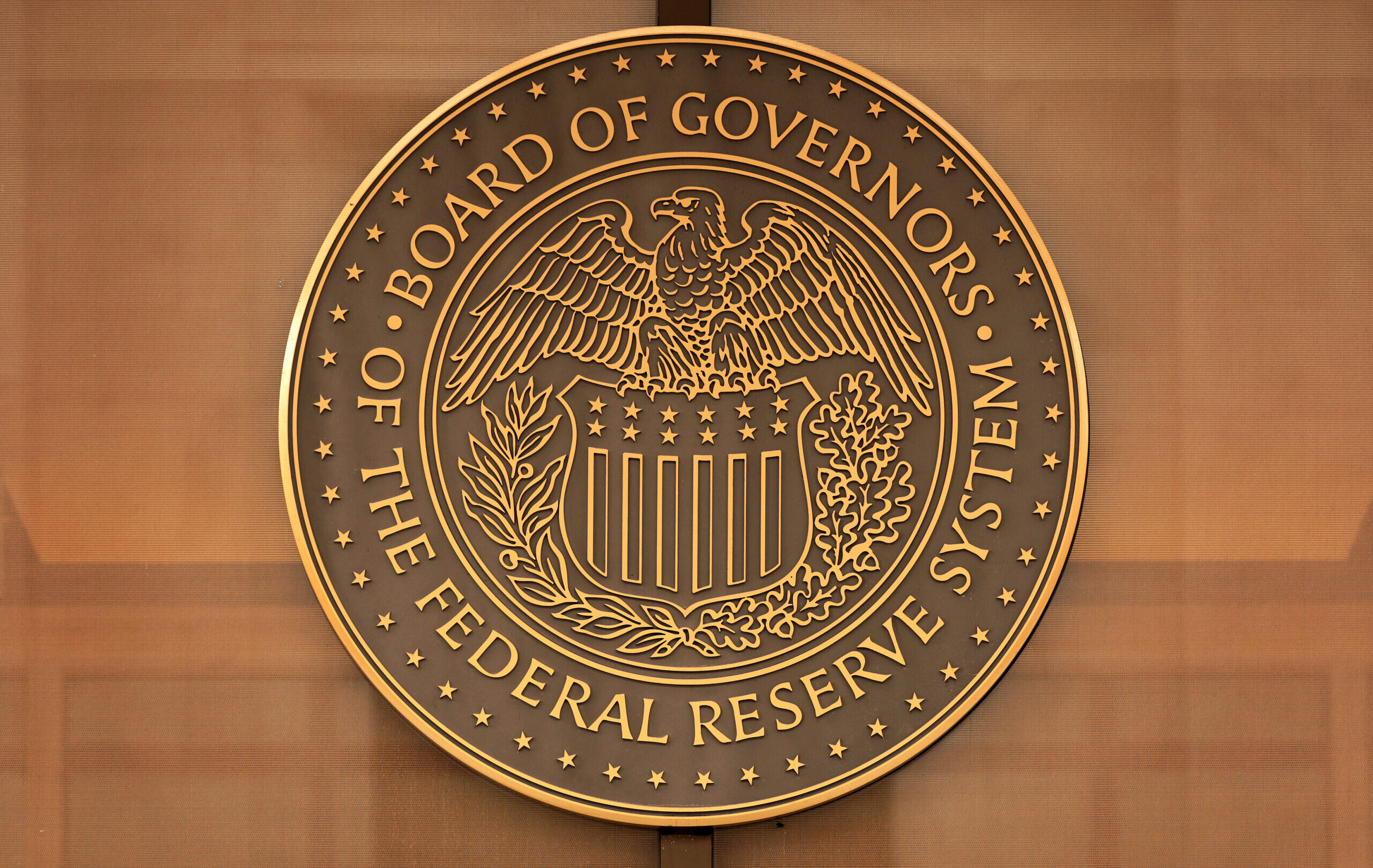The Fall of Silicon Valley Bank
State of the Union: Two major bank failures illustrate the risks of financialization.

When it closed its doors on Friday, Silicon Valley Bank's assets had been seized by the Federal Deposit Insurance Corporation, and the second-largest bank failure in American history was complete. Before shutting the lights, SVB paid bonuses to all of its eligible U.S. employees.
The collapse came after the credit rating agency Moody's had announced, in light of SVB's depreciating bond portfolio, it was downgrading the bank's credit rating. In response, SVB tried to sell $20 billion of its bonds to increase the value of its holdings, spooking depositors, who scrambled to recoup their deposits. The resulting run on the regional bank culminated in its seizure by the FDIC.
Another regional bank, New York's Signature Bank, also failed last week. Signature was the second-largest cryptocurrency-tied bank in the country. SVB, similarly industry-focused, had more than half of all Silicon Valley-backed startups among its depositors.
Upwards of 90 percent of Silicon Valley Bank's depositors were uninsured, with holdings exceeding the FDIC's $250,000 insurance threshold set by Congress in 2007. The Biden administration announced the FDIC would fully reimburse all depositors, insured and uninsured, citing the statutory systemic risk exception.
Subscribe Today
Get daily emails in your inbox
The Wall Street Journal reports that in a typical bank failure, uninsured depositors can expect to receive their deposit at a 15 to 20 percent discount. The paper's editorial worried a "universal uninsured deposit guarantee" would be a "monumental policy surrender" and could represent a "moral hazard." Others argue the FDIC's move stabilizes the market and will prevent runs on other regional banks.
There are at least two potential takeaways from these banks' failures. First, regulation in a financialized economy is critical. In 2015, SVB CEO Greg Becker lobbied Congress to raise the threshold at which a bank qualifies as "systemically important." Meeting that qualification subjects a bank to oversight and "stress testing" under the Dodd-Frank Act. When then-President Donald Trump with Democratic support eased Dodd-Frank regulations in 2018, pushing the heightened scrutiny threshold from $50 billion to $250 billion, SVB no longer qualified as "systemically important" and was thus exempted from stress-testing.
Second, while financialization has benefits—it underwrites innovation, increases the money supply, and makes possible the American standard of living—it also has risks. Today's banks regularly swap derivatives and highly technical financial products several degrees removed from the actual buying and selling of goods and services. The collapse of two major banks and the afterglow of 2008 illustrate the need to keep watch on such transactions.
Comments